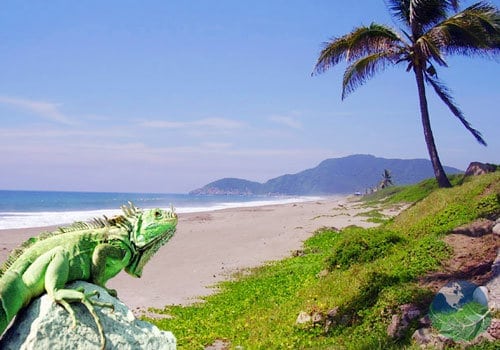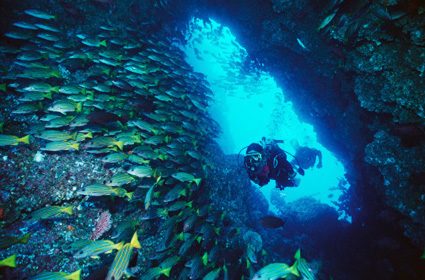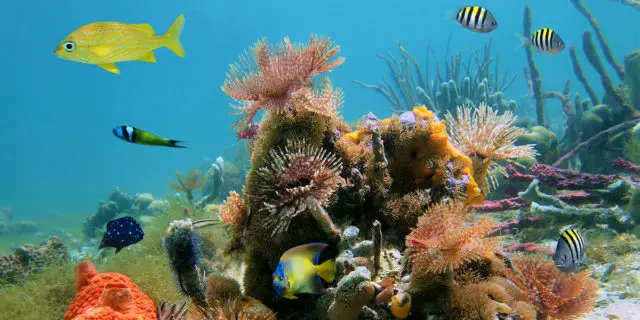
Each country has its natural riches, animal species and unique flora. And the oceans are a source of life for our planet, with abundant marine plant and animal diversity.
Costa Rica is blessed with immense wealth in its mountains, forests and under its sea waters, which must be preserved as best possible and are in one way or another part of growth as a nation.
In this Central American country, one of the most important marine treasures is “Isla del Coco”, declared a National Park in 1978 and a Natural Heritage of Humanity since 1997 by Unesco.
The reefs of Isla del Coco National Park have gone through a bleaching phenomenon (discoloration caused by the increase in water temperature), this leads to the expulsion of symbiotic algae that give the coral its color and nutrients, this has produced great mortality in the marine life, associated mainly with the “El Niño” Phenomenon (warming of the equatorial eastern Pacific).
In the past year 2019, an alliance was made with the purpose of ecological restoration for Isla del Coco. The Minister of Environment and Energy, Carlos Rodríguez, signed an agreement to join efforts and help carry out ecological restoration projects in the Isla del Coco National Park.
On the other hand, Isla del Coco was nominated for the “Global Ocean Refuge” award, only ten marine protected areas have received this recognition, which is why months later, it received the “International Blue Park” award.

Scientific Research…vital for the Island`s preservation
The University of Costa Rica (UCR) has led a scientific investigation, timely for decision-making about the long-term conservation of the natural heritage Isla del Coco.
This project has been coordinated at the International Symposium on Cocos Island, which was organized by the UCR’s Center for Research in Marine Sciences and Limnology (Cimar) in 2018, where specialists in various fields, from Costa Rica, Argentina, Chile, Ecuador, El Salvador, Spain, United States, Mexico and Venezuela participated.
However, the new publication of the Supplement to the Journal of Tropical Biology about research on Isla del Coco and its adjacent waters, showed a series of works on the terrestrial animal and plant species of Isla Coco National Park.It includes 25 articles, reviewed by 73 scientific peers, marine biologists and researchers from the UCR.
In the publication`s number 4 edition, the existence of 34 species of fungi, many of them with potential application in the field of medicine, as well as 40 new records of lichens are observed for the time.Vascular plants, both native and introduced, are also seen in updated form. Two works analyze the regeneration and growth of the forest.
An inventory of flies and 29 species of arachnids does not go unnoticed, two of which are new to science and described in the paper.There is an investigation on the habitat and behavior of the endemic bird -Cuclillo-.

The supplement to the Journal of Tropical Biology has a superb research on the tiny species -aeroplankton-, which drifts in the air and moves from one place to another thanks to the wind currents.It is also worth mentioning, the report on swimming crabs.
According to researchers from the University of Costa Rica (UCR), there are still enormous challenges ahead in order to protect Isla del Coco, since it is 500 kilometers from the coast and it is very expensive to get there.
It is necessary that the migratory routes that connect Cocos Island with other areas, such as the Thermal Dome, the Galapagos Islands or the Coconut Underwater Cordillera, be protected. Additionally, it is essential that various native tree species be stimulated to help combat deforestation in some areas of the Island and that have not yet recovered. Of course, illegal fishing continues to be one of the main threats to this natural heritage of all Costa Ricans.


